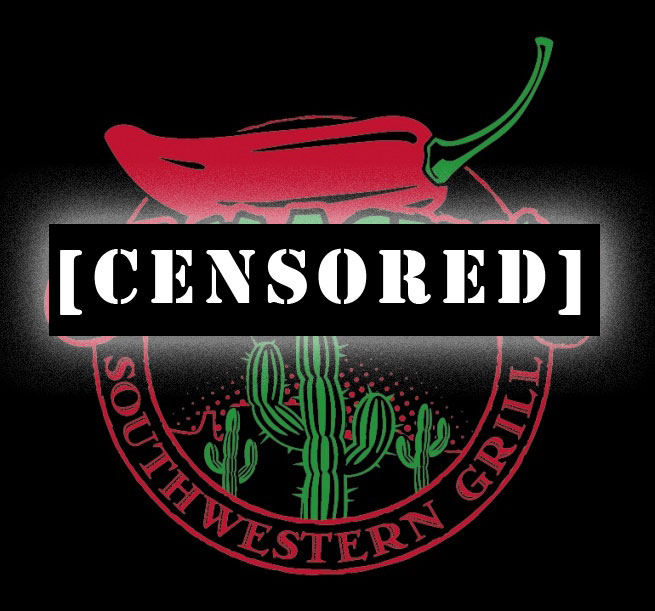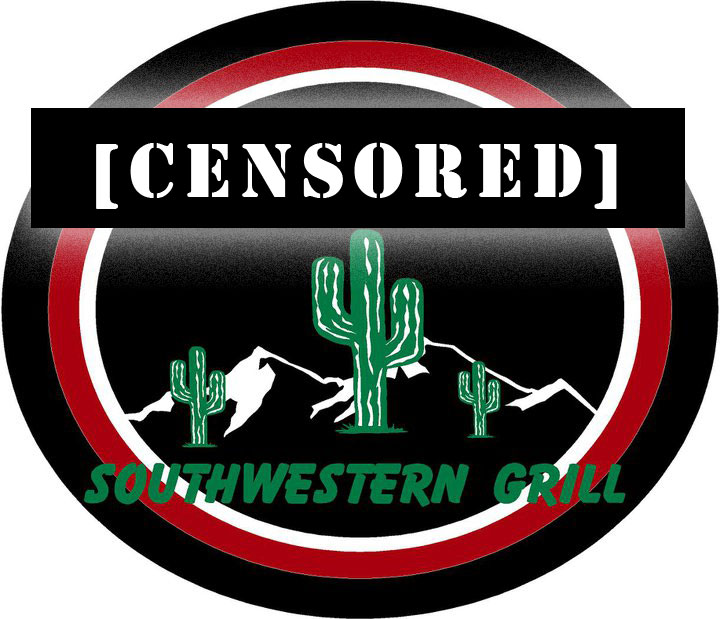If you are looking for the original posting of this it has been removed. The business operator asked me to take the business name off of the post. This is a censored version.
I don’t know about you, but I hate the business aspect about being an independent designer. Writing invoices, bill collection, contracts and the like are not my specialty. Sometimes, hell most of the time, I get so excited about starting on a new job for a client that I neglect to go through the motions and secure a deposit. The fact that 70% of potential clients need a rush doesn’t help either. They are usually in such a frenzy that I try to get them what they need as soon as possible. Living in a small town and getting paid is not usually an issue. Every once in a while you will deal with some asshole that screens his phone calls and drops off the face of the earth, but not usually. If only I had listened to the words of wisdom from my screen printing mentor the following story might have not happened:
“An error on your account doesn’t constitute an emergency on mine.”
Last summer I was contacted about creating a logo and printing it on some shirts for the reopening of [CENSORED]. [CENSORED] said that they were in a big hurry to get things done and needed a rush turnaround on the shirts. I met up with him as soon as possible with a product catalog gave him prices and shirt options and then discussed the logo they needed. I went home that night excited about gaining a client that I knew would be around for a long time and would need a lot of work as they are planing on franchising. I started working on a logo immediately and sent him a low-res version of it to gauge his feelings on the direction I was going in so that I would waste time on something he hated.

He responded that he liked it, but not much else.
I figured that he was busy trying to get things ready for his opening and would of course ask for the shirts to be done in a day. So I called and sent him emails every other day to remind him that he needed to confirm on the number of shirts and the logo before I could continue with the job.
Eventually the restaurant opened and I was never contacted. I didn’t even know they were open until I drove by it one day and saw a crappy version of my logo staring back at me from the front door. I couldn’t believe it.

[CENSORED] had paid someone else to copy my intellectual property, which they did poorly, when he could have just paid me for the original. Why would someone do this? So far it is the first time this has happened to me and I intend to not let it happen again. So far they have lost a chimichanga loving customer, but I hope that they lose so much more.
You guys think I have a case?
